Get the Lead Out: Lead Safety at Home
That gorgeous turn-of-the-century home you hope to lovingly restore or that special family heirloom that’s earned pride of place in your living room may be utterly charming … and covered in lead-based paint. You likely already know that although lead-based paint has been outlawed since 1978, many old homes and buildings still contain this dangerous substance — what you may not know is exactly what you’re supposed to do about it.
Lead is found not just in paint and trim. It can be present in the soil around our homes, window glass, plumbing, old painted furniture and toys, glazed ceramics, crystal and other objects. It’s dangerous to adults and especially harmful to babies and young children, so knowing how to properly test for and treat it is essential for a healthy home. Get the full scoop here.
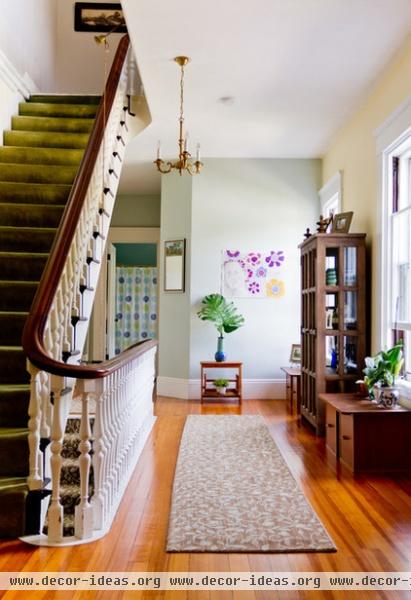
If You Have a Pre-1978 Home
Have a paint inspection and risk assessment done. If your home or apartment was constructed before 1978, there is a possibility it contains lead — and the older your home is, the more likely it is there is some lead in it. The surest way to know is to hire a certified inspection, risk assessment and abatement pro. During a paint inspection, the pro will test all surfaces inside and outside your home for lead. If you have young children at home, you should also have a risk assessment done — this will help give you a fuller picture of potential lead exposure in and around your home; it will include a soil test and possibly a water test, too.

Include the outdoors in your testing. Particularly if you have young children who play outside your home, it is essential to know if the soil around your home is safe.
What about test kits? The lead test kits sold at home improvement stores can be unreliable, so it is best to have a certified professional do the testing. If that is not possible, or if you want to test only a specific surface, you can also send paint samples to a lab recognized by the National Lead Laboratory Accreditation Program.
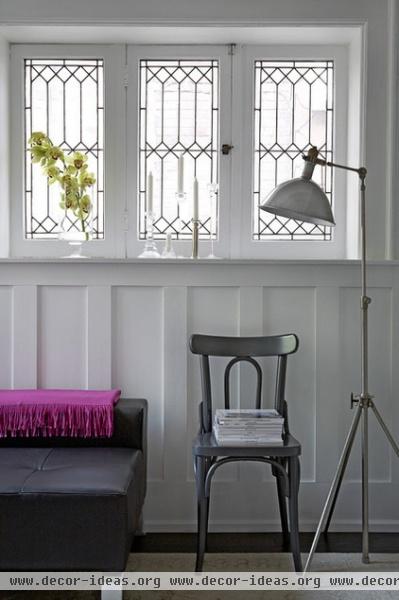
Keep paint finishes in good shape. It’s the flaking and peeling of lead paint, and the dust emitted, more than the paint itself that causes health problems — which means it can be more harmful to remove old lead paint than to properly contain it. If you have known lead paint in your home that has adhered well enough that you can paint over it without sanding first, using an encapsulating primer followed by several coats of color is a DIY option.
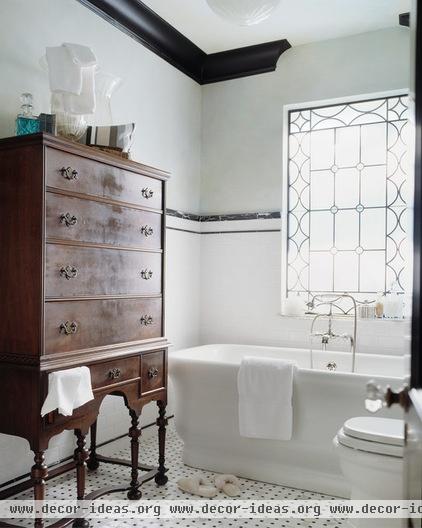
Keep on top of dust. Lead dust is especially dangerous, because it can be inhaled. If you suspect you have lead in your house, be extra vigilant about keeping surfaces clean and dust free. Mop floors and wipe down windowsills and baseboards with a damp cloth — using a dry duster will only send lead dust flying into the air.
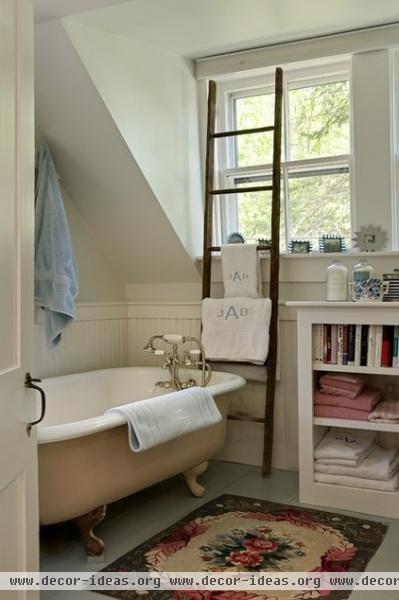
Test the water. Lead in the water can come from old lead pipes and fixtures leaching lead into your water supply. Have your water tested, and ask to have separate samples taken from each faucet. If lead is found in your drinking water, use bottled water or a water filtration system that specifically removes lead until you can have the plumbing redone.
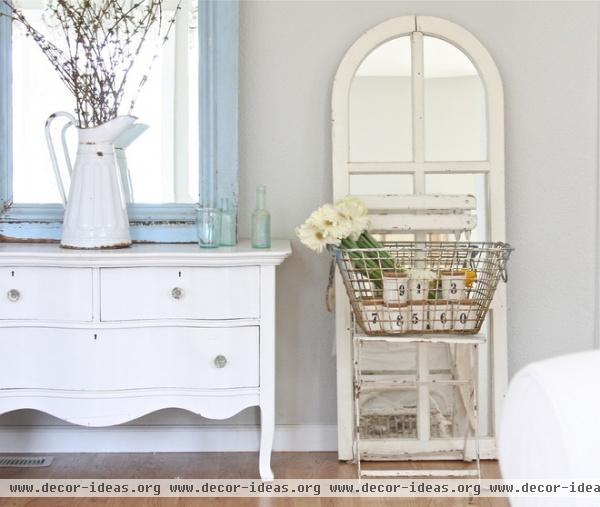
Lead in Objects
Reconsider that vintage piece. Old painted furniture, toys and jewelry can contain lead, no matter whether it came from a fancy antique store, a junk shop or a family member. As with walls, lead-based paint on furniture becomes a problem when it chips and flakes — do not make your exposure worse by sanding the piece, especially with an electric sander, which will send lead dust flying all over.
If the paint is in good shape, you can use an encapsulating primer before repainting to limit lead exposure. If it is not in good shape and you are determined to keep it, send it to a lead specialist to be refinished.
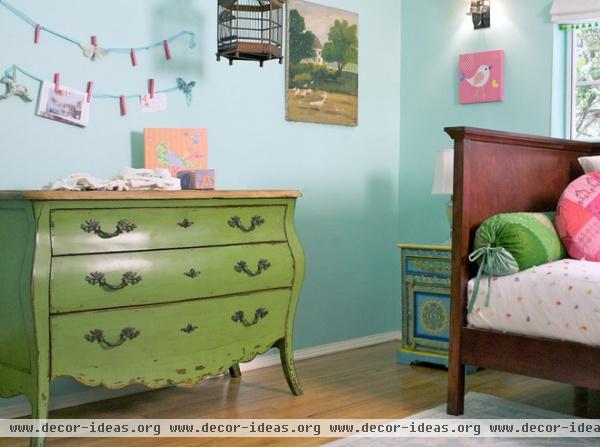
Be extra cautious in children’s rooms. It’s one thing to have an antique painted chest that possibly has lead paint in the dining room when you don’t have kids in the house; it’s another thing to have Grandpa’s old boyhood rocker with lead-based paint in your toddler’s room, where he or she very well may gnaw on it. Where infants and children are concerned, err on the side of safety.
Dispose of children’s objects with lead instead of donating them. If you need to dispose of lead-contaminated toys or children’s furniture, put them in the trash or bring them to a hazardous waste collection site. Do not donate them to charity, or else another child may unknowingly come into contact with the hazardous lead.
Talk with your child’s pediatrician about lead testing. The American Academy of Pediatrics says there is no safe level of lead exposure for children. There are no signs or symptoms of lead poisoning, so having your child’s blood tested for lead is the only way to know for sure if there is a problem.
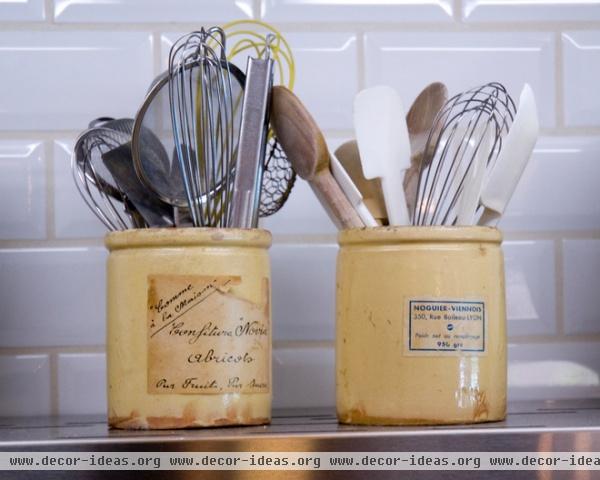
Don’t use vintage finds for foods and drinks. Lead crystal and lead-glazed pottery and porcelain are not safe to be used for food and drinks. Use your cool vintage finds for storage and display instead, and be sure to keep them out of reach of curious little hands and mouths.

When You’re Repainting or Renovating
There will come a time when an old surface with lead paint is simply too worn to leave in place, and when that happens, it’s definitely time to call in the pros. A certified lead-based-paint professional knows more precautions than an untrained homeowner, like using a hooded sander with a HEPA-filter vacuum attached, and properly covering a yard so that lead paint chips and dust do not end up in the soil when an exterior is being repainted.
Tell us: Do you live in a pre-1978 home or love vintage finds? How do you deal with the lead issue?
More: What’s the Deal With Radon?












